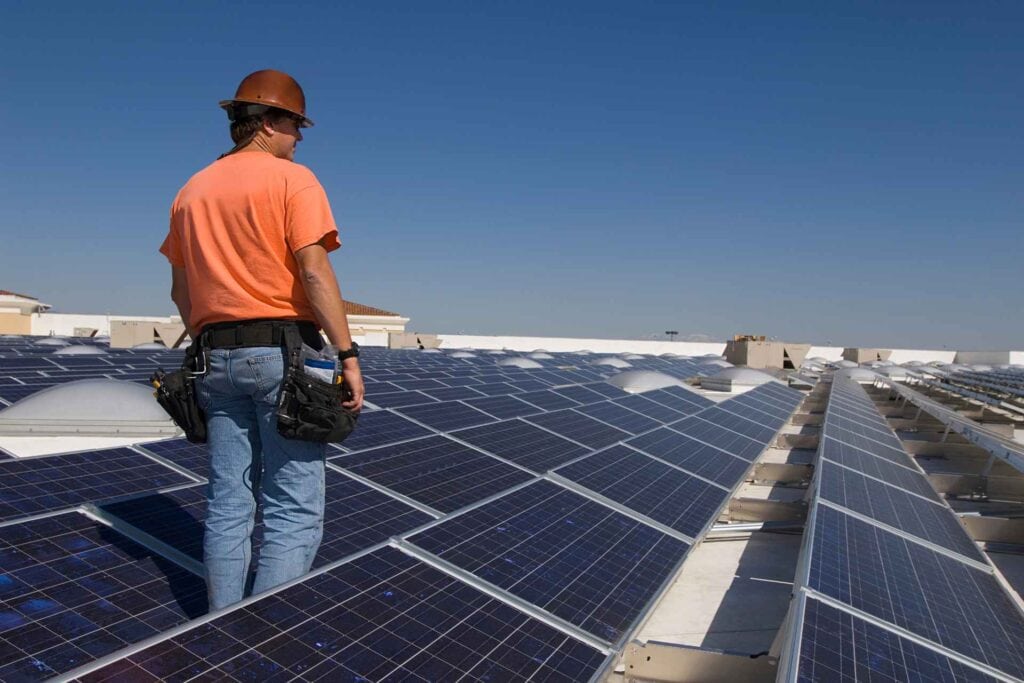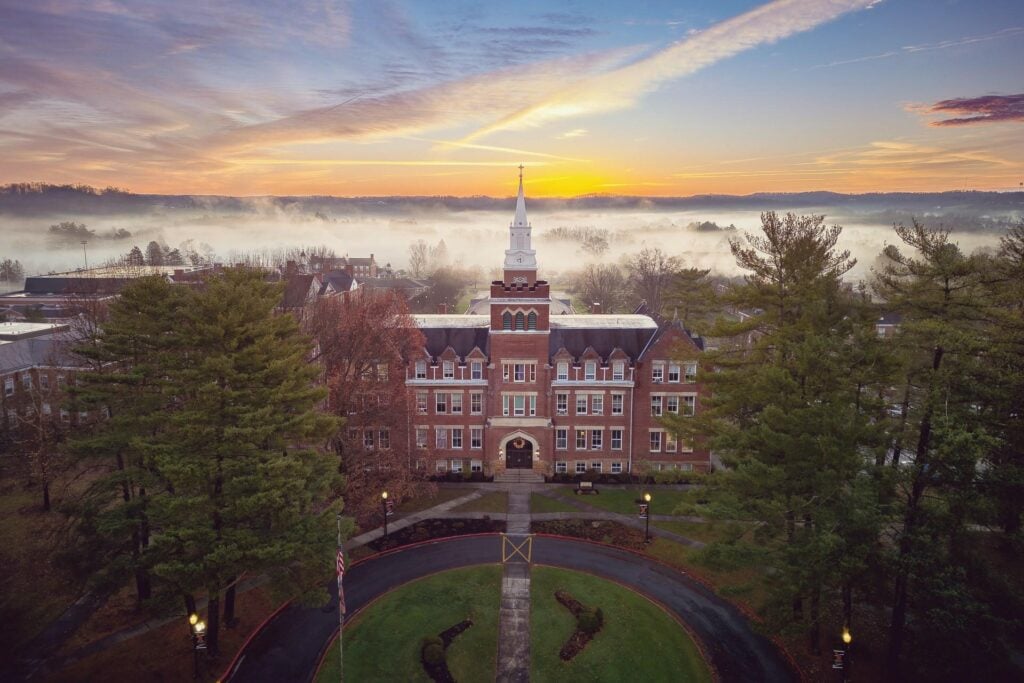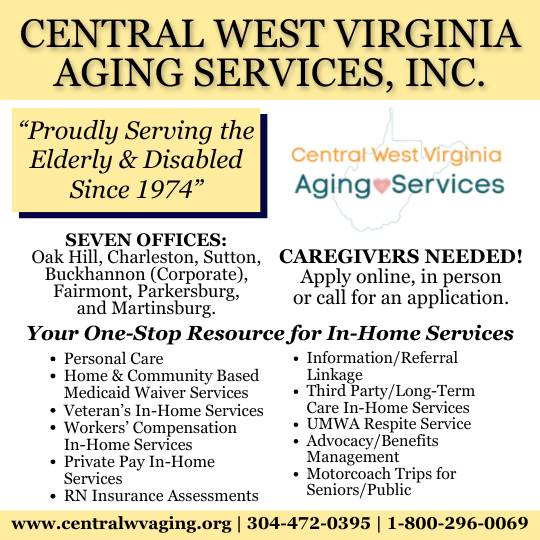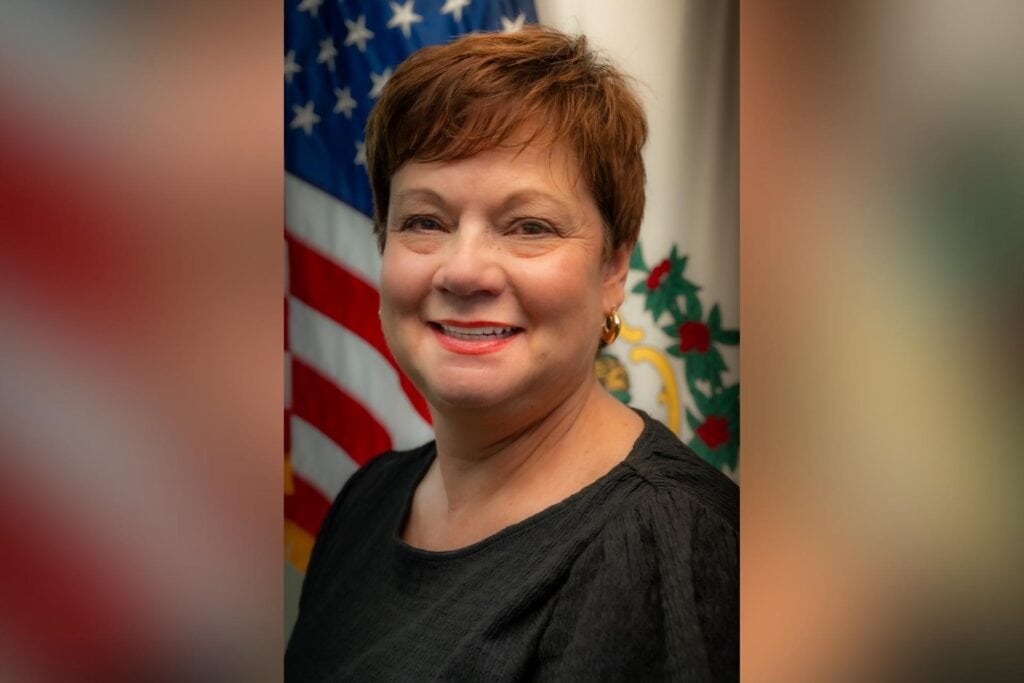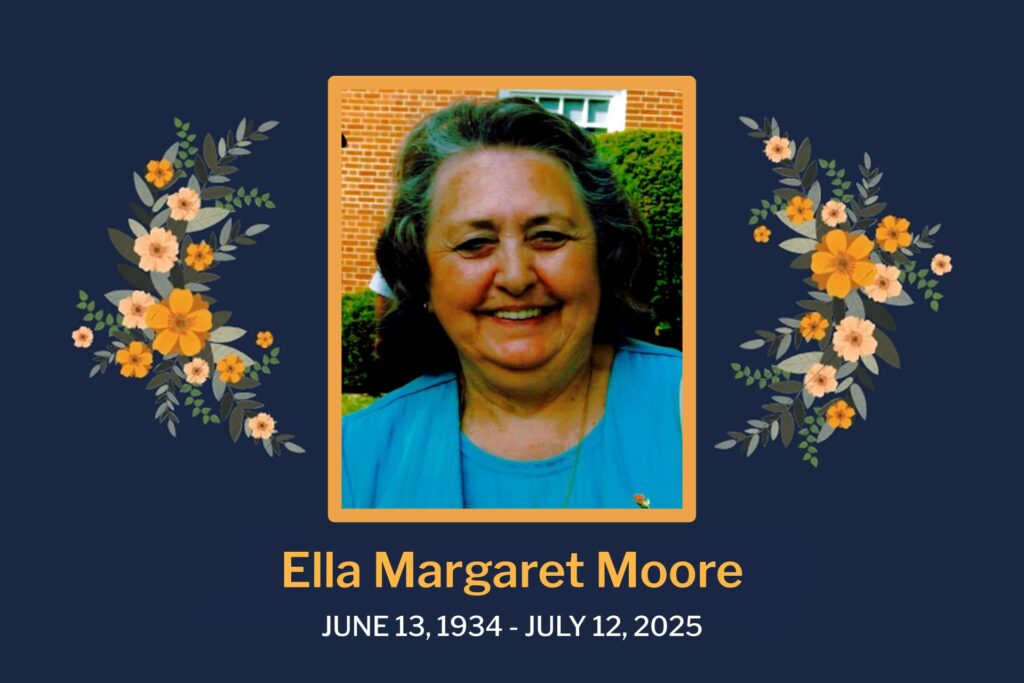By P.R. Lockhart
Mountain State Spotlight
Editor’s Note: This story was originally published by Mountain State Spotlight. Get stories like this delivered to your email inbox once a week; sign up for the free newsletter at mountainstatespotlight.org/newsletter
In Weirton, a new battery plant aims to transform how renewable energy is stored. In Mason County, the Nucor steel plant under construction will be partially powered by solar energy. In South Charleston, a company is building electric school buses. And then there’s the recently-announced LG innovation center, a multimillion-dollar initiative that will invest in a number of startups and local projects, including renewable energy technology.
These efforts could help put West Virginia on the path towards clean energy, a sector that is growing rapidly as the federal government invests billions into job training in the hopes of building up a new national workforce.
But at the state level, this growth is hampered by a number of factors, including a lack of policies supporting smaller community-scale projects that could create additional jobs and a labor force participation rate that lags behind the national average.
It makes it more difficult to staff possible clean energy jobs, which can require skills ranging from electrical wiring to ventilation to engineering.
“We’re going to need to train out a massive number of electricians, HVAC technicians, folks who are skilled in energy efficient building upgrades, and solar installation professionals, people who work in battery storage in really specialized engineering and design types of skill sets,” said Autumn Long, director of the Appalachian Solar Finance Fund, an initiative aimed at supporting the development of solar projects in coal communities.
Despite all of the federal money flowing in, the state faces barriers in job creation and in having enough skilled workers. Building out the state’s clean energy workforce — which includes work in a number of industries like solar, wind and battery manufacturing — is still a work-in-progress that requires both educating and training potential workers and creating the broader foundation for the industry across the state.
As clean energy projects come online, workforce needs apparent
Some of the challenges aren’t new: lower education rates, an older population and a persistent exodus of young adults plague the state’s workforce more broadly and have contributed to West Virginia’s low labor force participation rate.
“The people most likely to enter [the energy workforce] are younger workers, generally more educated workers,” said Mark Curtis, a professor at Wake Forest University who has studied how coal miners transition into clean energy jobs.
And despite its reputation as an energy powerhouse due to coal and natural gas, the state hasn’t been as successful in adopting clean energy, ranking at or near the bottom of several national clean energy scorecards. “There’s not a lot of renewable jobs currently available in West Virginia,” Curtis added. “That’s for a lot of reasons including geographical reasons — West Virginia is not ideally suited for solar and wind.”
But for the renewable energy companies that are already here, they’ve had to train their own workers.
“We’ve had to teach the inspectors how to inspect, we had to set up financing programs where nothing’s ever existed, we’ve had to train the first generation of solar installers,” said Dan Conant, CEO of solar installation company Solar Holler. “It’s not like we could just put out a job posting and get 1,000 people who had done this before. When we started no one had done it.”
Since their launch in 2014, Conant’s company has partnered with other organizations, including the International Brotherhood of Electrical Workers to build up the state’s solar workforce, training workers in the electrical, management, and installation skills needed to set up solar panels.
That work is starting to pay off: the solar energy industry has grown more than 20% in the past six years and roughly 7,000 clean energy jobs were added in West Virginia in 2022. And Solar Holler is finding new ways to expand its training efforts. In 2023, it launched an initiative in Wayne County to train high school students in solar installation, and also entered a power purchase agreement to install 10,000 solar panels on county school buildings.
The group is also working with Coalfield Development, a nonprofit that aims to revitalize the state’s southern counties, on other training programs. Most recently, the organization has started a month-long clean energy program focused on renewable energy, workplace safety and heavy equipment training.
The program is targeted for “anyone who wouldn’t normally have the runway to be able to pull down an opportunity like this, we want this position to serve them first and foremost,” said Coalfield Development CEO Jacob Hannah.
State supports for clean energy — and its workforce — are still needed
But even while the opportunities for renewable energy in the state are still limited, they’re growing. Officials have highlighted clean energy manufacturing as a key area for job growth in the coming years, and the Inflation Reduction Act of 2022 is funneling a lot of money toward new clean energy projects, including tax credits for projects developed in former coal communities. West Virginia has also received federal support for the development of new training and workforce programs aimed at increasing the clean energy workforce in the state, money intended to help boost the number of available workers in the broader region.
As advocacy groups and nonprofits work to address the issue, they argue that the state could make it easier by supporting efforts to build the clean energy industry and the jobs that could come from it.
In recent years, the West Virginia Legislature has passed some measures, including legislation allowing for utility solar and a bill allowing for the aforementioned purchasing power agreements, that support clean energy projects in the state.
But other helpful measures, like the passage of community solar, which would let people share solar energy without installing panels on their individual rooftops, still have yet to gain widespread support. Without the legislation, advocates argue that the state is missing out on the creation of hundreds of new jobs: in New York for example, a 2021 expansion of community solar programs was predicted to create as many as 1,250 short and long-term positions.
“It’s a job creator,” said Del. Evan Hansen, D-Monongalia. “We’ve heard testimony from solar companies that they would immediately come into West Virginia and start to build these projects.” Hansen is preparing to reintroduce a community solar bill this year.
Advocates have also voiced concern about a metering change proposed by utility providers in the northern part of the state, which is pending Public Service Commission approval. They argue the changes to solar reimbursement will disincentivize homeowners from installing solar panels — which in turn could make it harder to build out the solar industry and create the jobs that are likely to come from more clean energy projects.
“When corporations are looking for locations to invest in, to expand into, they’re not going to consider a location that does not supply them access to renewable energy,” said Long of the Appalachian Solar Finance Fund. “If West Virginia doesn’t build out those resources, they’re not going to be competitive in attracting new investment and taxpayer dollars.”
Reach reporter P.R. Lockhart at pr@mountainstatespotlight.org
